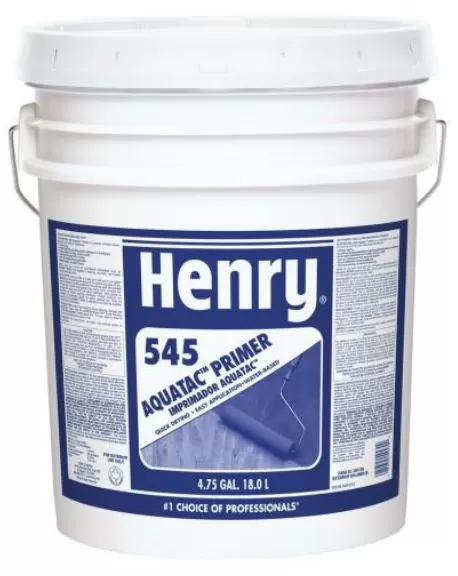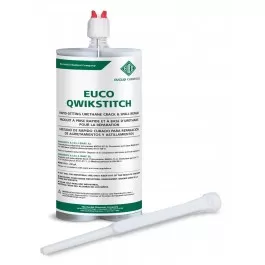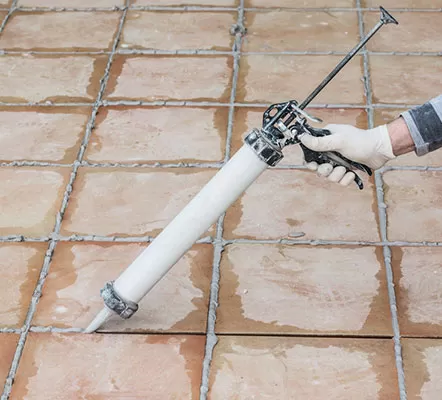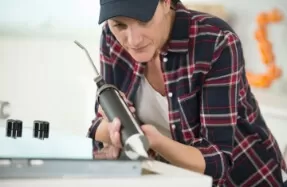Blog
Who Invented Sealant?
Who Invented Sealant?
Sealants play a vital role in our everyday lives, from construction and automotive industries to personal care products and electronics. They provide solutions for sealing, bonding, and protecting surfaces against moisture, chemicals, and other environmental factors. Who invented sealant, and how did it evolve over time? In this article, we will explore the history of sealants, their various types, and their impact on modern life.
The Evolution of Sealants
Natural Sealants in Ancient Times
Sealants have been in use since ancient times, with early civilizations using natural materials to seal and protect structures. For example, the Egyptians used beeswax and resin to seal tombs and pottery, while the Romans used a combination of animal fats and oils to create waterproof seals for their ships and buildings.
The Emergence of Synthetic Sealants
The 19th and early 20th centuries saw the development of synthetic sealants, such as asphalt, rubber, and tar-based compounds. These materials were used extensively in the construction and transportation industries, and their invention paved the way for the development of modern sealants.
The Invention of Modern Sealants
Polymer-Based Sealants
The invention of modern sealants can be attributed to the development of polymer chemistry in the mid-20th century. Scientists and engineers discovered that they could create synthetic polymers with specific properties, which led to the development of a wide range of sealant products.
Silicone Sealants
Silicone sealants, one of the most versatile and widely used types of sealants, were invented by two chemists: Earle Warrick and Frederick Kipping.
Earle Warrick and Frederick Kipping
Frederick Kipping, a British chemist, first synthesized silicone in the early 20th century. However, it was Earle Warrick, an American chemist working for Dow Corning, who developed the first commercially viable silicone sealant in the 1940s.
The Development of Silicone Sealants
Warrick’s initial silicone sealant formulation had impressive adhesion, flexibility, and resistance to temperature fluctuations. Over the years, silicone sealants have been improved and diversified, leading to the wide range of products available today.
Different Types of Sealants and Their Applications
Acrylic Sealants
Acrylic sealants are popular for their ease of use, flexibility, and paintability. They are commonly used in construction for sealing gaps, joints, and cracks in walls, ceilings, and doors.
Polyurethane sealants are known for their excellent adhesion, durability, and resistance to chemicals and abrasion. They are widely used in the automotive, construction, and marine industries for sealing, bonding, and insulating various materials, including metal, wood, and concrete.
Epoxy Sealants
Epoxy sealants are two-component systems that cure to form a strong, rigid bond with excellent adhesion to a variety of substrates. They are commonly used for heavy-duty applications, such as industrial flooring, concrete repair, and structural bonding in construction.
Butyl Sealants
Butyl sealants are known for their excellent adhesion to a wide range of materials, flexibility, and resistance to moisture and UV exposure. They are often used in roofing, window glazing, and HVAC applications.
The Impact of Sealant Technology on Modern Life
Sealant technology has had a profound impact on modern life, enabling the construction of more durable and energy-efficient buildings, safer transportation systems, and a wide range of consumer products. Sealants have also played a crucial role in the development of new technologies, such as solar panels, smartphones, and medical devices.
Future of Sealants: Sustainable and Eco-friendly Innovations
As environmental concerns become increasingly important, the sealant industry is focusing on developing sustainable and eco-friendly products. This includes using bio-based materials, reducing volatile organic compound (VOC) emissions, and developing sealants that are recyclable or biodegradable. These innovations will help to reduce the environmental impact of sealants and contribute to a more sustainable future.
Conclusion
The invention of sealants can be traced back to ancient civilizations, but it was the development of polymer chemistry and the work of chemists like Earle Warrick and Frederick Kipping that led to the creation of modern sealants. Today, sealants play an essential role in various industries, providing solutions for sealing, bonding, and protecting surfaces. As we look to the future, sustainable and eco-friendly innovations will help to shape the future of the sealant industry, ensuring that it remains a vital part of modern life.
FAQs
Who invented the modern sealant? Earle Warrick and Frederick Kipping are credited with the invention of modern silicone sealants.
What were some of the earliest sealants used in ancient times? Early civilizations used beeswax, resin, animal fats, and oils as natural sealants for various purposes.
Why are silicone sealants so popular? Silicone sealants are popular due to their excellent adhesion, flexibility, and resistance to temperature fluctuations, making them suitable for a wide range of applications.
What are some examples of sustainable and eco-friendly sealant innovations? Examples include bio-based materials, sealants with reduced VOC emissions, and recyclable or biodegradable sealants.
What industries commonly use sealants? Construction, automotive, marine, electronics, and medical industries are some of the sectors that heavily rely on sealants for various applications




